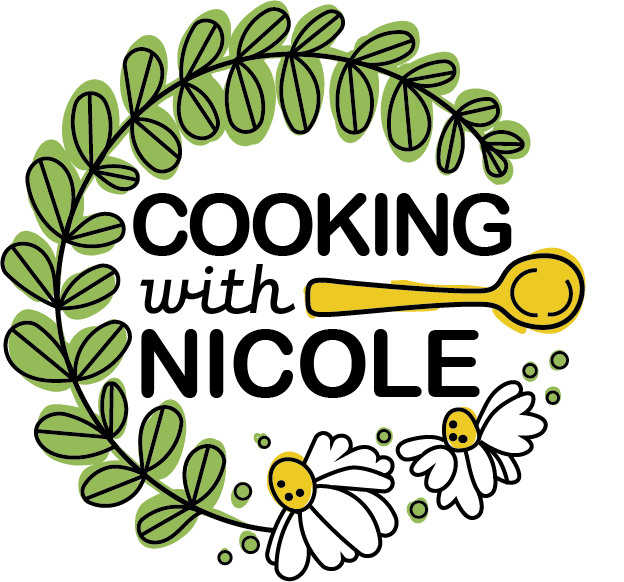How to roast the juiciest turkey EVER.
A flavorful, juicy turkey is truly the star of the show on Thanksgiving. Here are some simple tips to help you roast the best bird ever.
If possible, buy a fresh (not frozen) turkey, and choose one that does not have any solution (salt, sugar, etc.) added to it. Organic or Heirloom turkeys will produce the most flavorful results, but a regular turkey is just fine.
ALWAYS BRINE YOUR TURKEY. This is one of my secrets to an incredibly juicy bird, and a step I never skip no matter how I plan to prepare (roast, fry, spatchcock, etc.). A few things to keep in mind: never brine a kosher turkey, as these have been pre-seasoned. You also want to avoid brining self-basting turkeys, which also have added salt. Choose a method that works for you—dry or wet, see guidelines below. Both yield excellent results, it’s purely preference. Just make sure you plan accordingly. Brining times range from one to three days prior to roasting.
To ensure even cooking, allow the bird to come to room temperature before it goes in the oven (pull it from the fridge about an hour prior to roasting) and have your oven well heated to 325 degrees F (turn it on at least 30 minutes prior to roasting).
BASTE EVERY 30 MINUTES during roasting, until the last 45 minutes or so of cooking. I like to soak cheesecloth in a mixture of melted butter and white wine and cover the turkey with the soaked cloth. For an 18-20 lb bird, I use 2 sticks unsalted butter, melted, mixted with 1/2 bottle dry white wine, like sauvignon blanc. Baste with the butter/wine mixture until the turkey begins to release some of its juices, then you can baste directly from the pan. About 45 minutes from the end of roasting, remove the cheesecloth, baste the bird well with drippings, and crank the oven up to 425 degrees F. This will help achieve a nice brown color and crisp skin.
REST IT BEFORE CARVING. Once the bird is done, remove from oven and let it rest for 15-30 minutes (turkey must reach 165 degrees F to be safe, but you can take it out of the oven as low as 160 degrees F because the temperature will rise at it rests).
BRINING METHODS:
DRY BRINE: At least one day (and up to three days) before you plant to roast it, pat your turkey dry (inside AND out) with paper towels. Use KOSHER SALT (never table salt). Figure 2-2.5 teaspoons per pound of turkey if your using Diamond Crystal; 1-1.5 teaspoons per pound if your using Morton. You can also add a bit of sugar if you wish (which will help with browning), along with aromatics (think hearty herbs like sage, rosemary, or thyme, citrus zest, or spices). Rub brine generously over the entire bird- into every crevice and inside the cavity. Don’t miss an inch. Place the salted bird on a rack set on a rimmed baking sheet (to catch any liquid that drips off). Pop it in the refrigerator and leave it there, uncovered, to brine for at least 1 hour per pound (that means a 14 lb. turkey needs at least 14 hours). With a dry brine for turkey, you can’t really overdo it, but you’ll probably want to max out the salt-covered rest at three full days before moving your bird to a preheated oven.
WET BRINE: (Plan 12-24 hours in the brine, depending on the size of your turkey, and 12-24 hours out of the brine) The simplest method is to create a salt bath for your bird. For an 18–20-lb. turkey: 7 quarts of water + 1.5 cups kosher salt . For an 12–16-lb. turkey: about 5 quarts water + 3/4 cup kosher salt. Dissolve the salt in the water first, then place your turkey in a large bucket or brining bag and cover the with salt solution. You can also add sugar or aromatices to your brining liquid if you wish. Add the sugar with the salt to dissolve, then stir in aromatics. Place the bird in it’s liquid in your fridge for 16-24 hours. At least 24 hours before you plan to roast it, remove the bird from the brine, pat it dry (don’t rinse it!), and place on a rack set on a rimmed baking sheet. Pop it back in the fridge for 12-24 hours prior to roasting to help dry the skin.

